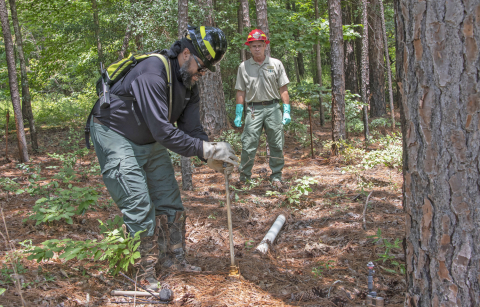
Scientists in the EM program are using a 62-acre plantation of pine trees and other natural resources to greatly limit radioactively contaminated groundwater from reaching waterways on the Savannah River Site (SRS).
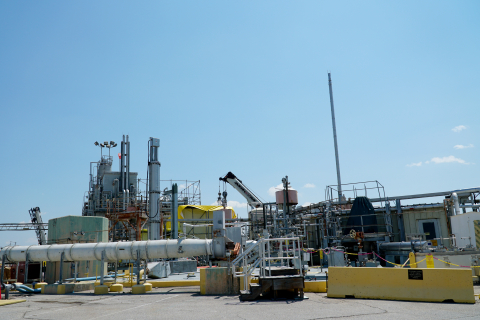
A third tank at the Savannah River Site (SRS) has been converted into a blend tank to support feeding waste to the Salt Waste Processing Facility (SWPF).
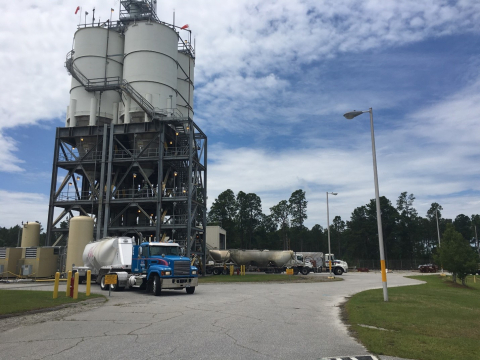
EM is treating record-setting amounts of waste and dispositioning more decontaminated salt solution at the Savannah River Site (SRS), as the Salt Waste Processing Facility (SWPF) proves to be an aggressive workhorse for the site’s liquid waste mission.

The Savannah River Site (SRS) has made significant progress in cleaning up contaminated groundwater from legacy nuclear operations near two chemical separations facilities.
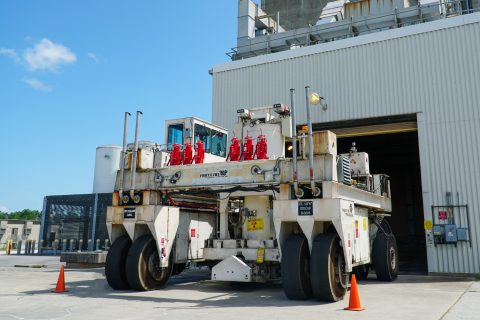
EM has installed an improved fire suppression system on a one-of-a-kind Savannah River Site (SRS) vehicle that moves high-level waste canisters.
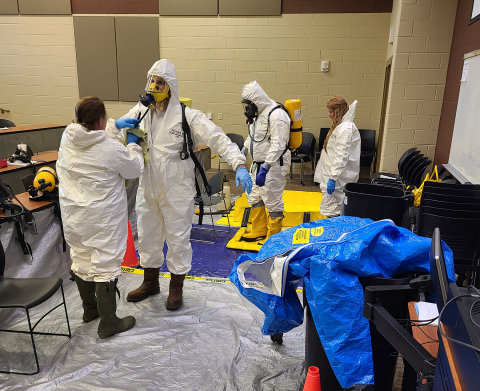
An association recently recognized several EM contractors across the DOE complex with a variety of awards for safety, health, innovation, and outreach.
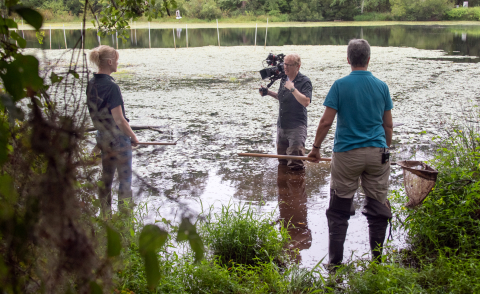
In just one month alone this year, EM’s cleanup contractor at the Savannah River Site (SRS) provided education outreach to more than 25,000 students and 410 educators.
DOE recently honored three EM sites for exemplary achievements in innovation, strategic partnerships, and planning and completion of projects that advance sustainability at Department sites and national laboratories.
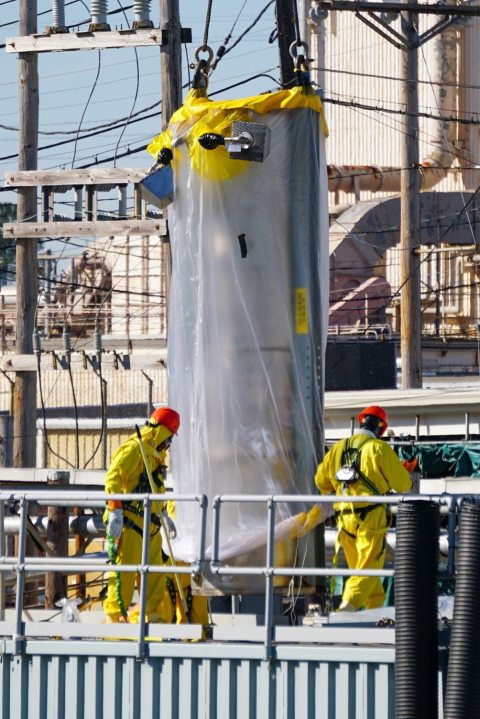
EM and its liquid waste contractor at the Savannah River Site (SRS) continue to make progress on a waste treatment demonstration project with the installation of new ion-exchange columns.

Last year, Savannah River Nuclear Solutions Education Outreach programs faced daunting limitations due to the COVID-19 pandemic, but the organization saw an opportunity to enhance and extend the reach of their broad range of initiatives.

